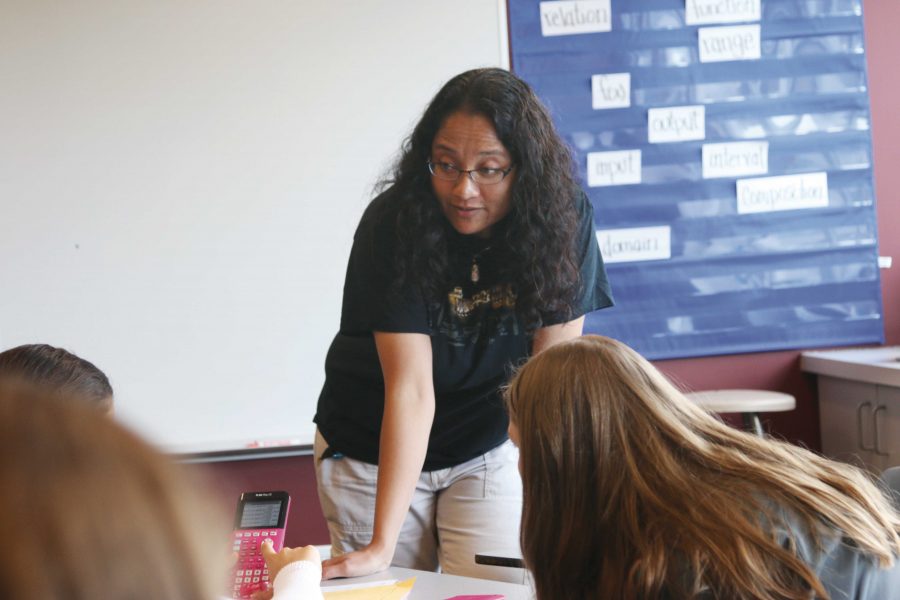There is no such thing as a perfect curriculum,” science teacher Moses Rifkin said.
With all the great aspects of U Prep’s curriculum, come some imperfections. What seems to be a common concern of some teachers at U Prep is students’ inability to apply certain concepts they learn in the classroom to the real world. That mostly being in science and math classes.
“I think math isn’t one thing. Math has so many aspects to it. A large portion of what we learn in high school is mostly pattern matching,” science and mathematics teacher Ragini Narasimhan said. However, according to Narasimhan, the misconception that a lot of students have is that pattern matching is all that there is to the process. Which is the issue with word problems.
“The aspect of word problems they find challenging is modelling the word problem, and translating it into a math expression,” Narasimhan said. This is something that a lot of students undeniably have difficulties with, due to the lack of comprehension of the purpose behind logical thinking.
Likewise, real world application is a concern of Rifkin’s.
“I think that continually putting students in a position to think about ‘how can I apply what I’m learning to make this world a better place?’ is something that’s lacking right now especially in my own classes, I’m very aware of that,” Rifkin said.
Although building towards integrating more real world application, for example in Rifkin’s senior physics class where this year’s class is project based Rifkin still thinks there’s more to be done.
“We talked about Newton’s Laws and their applicability to the bigger world, but not about something that students would be motivated to use to change the world around them,” Rifkin added.
Senior Emily Jiang has a slightly different take on the matter. Althouhg she agrees with teachers’ concerns, she believes she’s mostly capable of making the connection. For example, in Quantitative Physics, although consisting mainly of calculation, “there’s also the conceptual part where we think about the ideas and how they’re applicable to the real world,” Jiang said.
“There are certain classes where it’s harder to relate [concepts] to the real world,” Jiang said.
One of those classes is math.
Like many others, she uses concepts like multiplication or addition to figure out little things on an everyday basis, but she doesn’t necessarily use calculus for example.
Nonetheless, while integrating more real world application sounds like an easy task, it isn’t.
In order to focus more on that facet of their classes, teachers need to focus less on others. That could cause imbalance (material wise), and students’ level of preparation for standardized testing.
“Is that a risk that we’re
willing to take? Are students
willing to take that risk? Are parents willing to take that
risk? Is the college counseling
office willing to take that risk?
That’s something we struggle with,” Narasimhan said.
That isn’t something that is going unnoticed. Rifkin said, “I think it’s sometimes hard to teach science in a way that
keeps students learning,
discovering. That takes a lot more time, which mean learning less science. But I think that’s something that we’re building towards.”
By Soha Kawtharani


